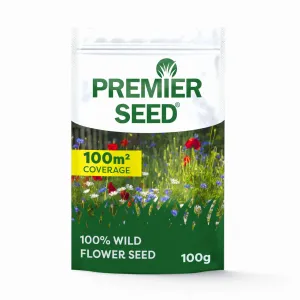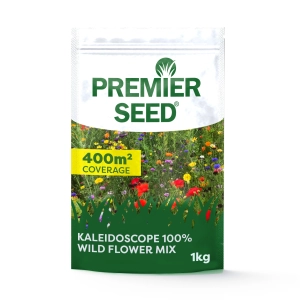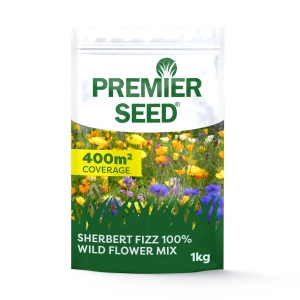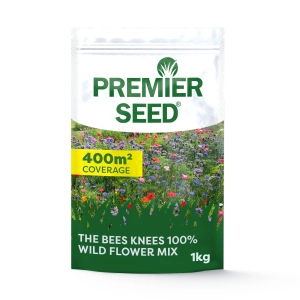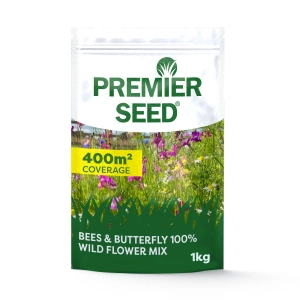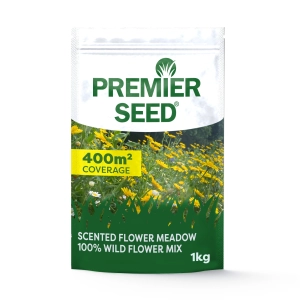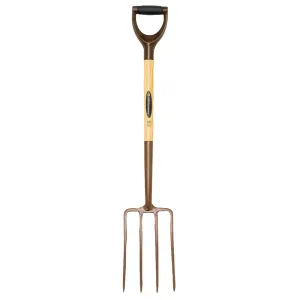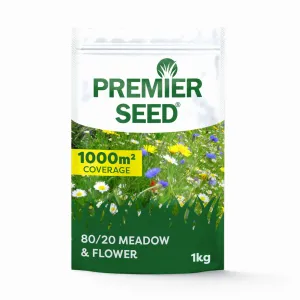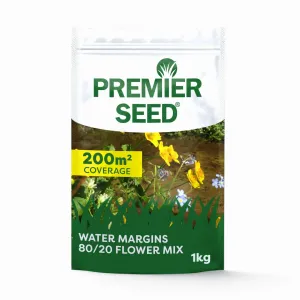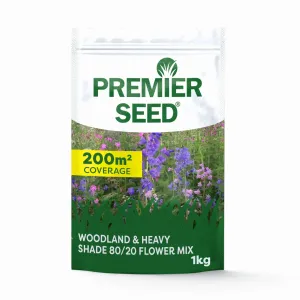Wildflower meadows are rich habitats of flora and fauna – supporting wildlife and pollinators and providing visual appeal right through the summer. No wonder landscape architects and event managers specify swathes of wildflowers for national events – the visual impact can be highly engaging.
Thanks to large scale planting like that seen at the London Olympics and the Super Bloom planting at the Tower of London, wildflowers have made their way to our gardens, with hundreds of mixes available.
Seed curators skilfully blend wildflower varieties that create a rich fusion of blooms with variety in form, structure, height and colour – to provide reliable displays.
The Super Bloom meadow seen around the Tower of London to celebrate Queen Elizabeth's II’s Platinum Jubilee is a case in point, with over 20 million seeds that grew and evolved to provide changing colours and patterns right through until September.
The Tower of London meadow has been left to grow again in subsequent years putting on a new biodiverse display each season.
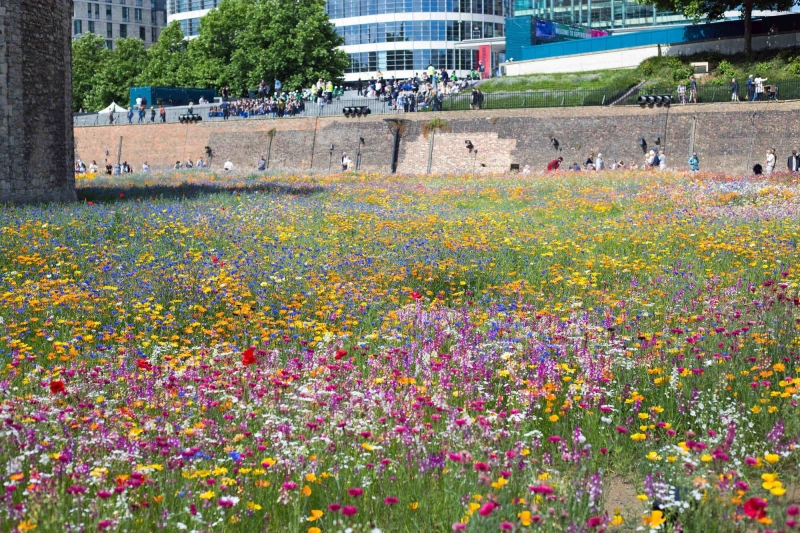
The London Super Bloom at the Tower of London
Many of these large-scale planting displays use Californian annuals which can take over whole mountainsides on a huge scale in that region of America. However, there are plenty of native mixes which will ignite your garden with an equally stunning display.
Native versus non-native wildflowers?
There is no doubt that wildflowers help our declining rates of pollinating insects, but should we concern ourselves with where our wildflowers hail from?
Well, there has been a healthy discussion around native versus non-native planting in all areas of gardening for many years, and wildflower planting is no different.
An extensive study by the RHS (called Plants for Bugs) found that both native and non-native plant species helped support pollinating insects.
However, in the study, our native species were shown to support about 10% more invertebrate pollinators than near-natives (in terms of abundance).
Importantly however, the best results were found in large-scale denser planting, so the greater density of plants – whatever the type – the more invertebrates there were.
The key takeaway from the study as far as us gardeners are concerned is that non-native species are fine as long as they are non-invasive, and the denser and larger the area you plant, the greater the benefit to wildlife.
In fact, the RHS actively encourages us to include a wide range of plants from different parts of the world with a focus on plants from the northern hemisphere to help pollinators.
So, in summary, don’t fret over non-native varieties, just make sure you buy from a reputable seller so that you don’t introduce invasive species.
Annual, perennial or biennial meadows?
April is the perfect time to get going with a new wildflower meadow, either by starting a perennial meadow that will come back year after year, an annual meadow for a single seasonal bloom, or by using a mix of annual and biennial seed or annual and perennial seed – usually at their best from the second year of growth onwards.
Perennial meadows are the hardest to establish as in theory, grassy areas need to be cut and cleared regularly to reduce nutrient levels in the soil – and they can take up to five years to properly get going. The results are well worth waiting and working for however, and their longevity is of huge benefit to wildlife.
But to get going a little quicker, consider a blend of annuals and perennials if this is your first foray into the world of wildflower meadows. Agrigem sells a range of different mixes – take a look here.
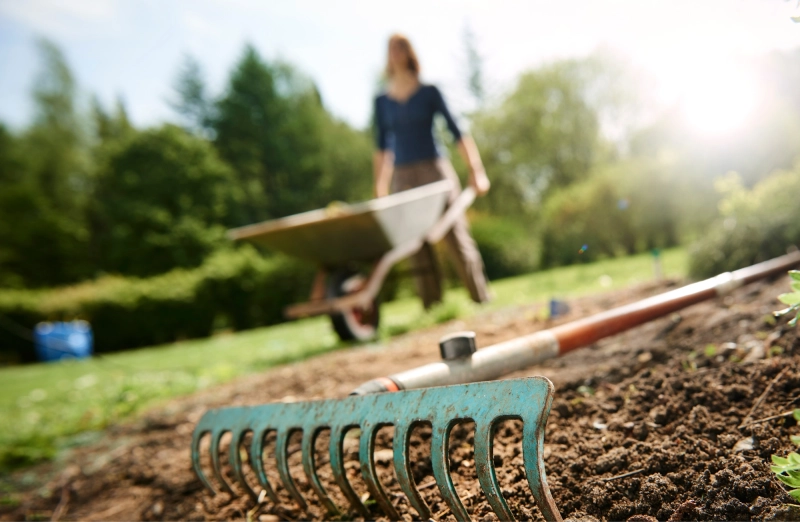
Success lies in good ground preparation
How to get going with a wildflower meadow
Wildflowers grow well in low quality soil so there is no need for fertiliser or compost – this will only encourage grasses to compete with the flowers which you don’t want in your new meadow.
If you know your soil is very nutrient rich, you may need to remove the top four inches or so to help create the right conditions for growing wildflowers.
1. Make sure you choose an area that is open and sunny.
2. Remove all vegetation, cut turf away and remove weeds including their roots. If you use a weedkiller, wait six weeks before sowing.
3. Prepare the soil, forking it to around 20cm depth and breaking up lumps.
4. Rake to level the area and create a fine soil ‘crumb’.
5. Firm the ground without compacting it – this is best done by walking or shuffling over it.
6. Sow the seed by spreading on a windless day, working to the grams-per-metre rate for your chosen mix. If you are sowing a very large meadow, mark it out into 1m squares to ensure you sow evenly.
7. Lightly rake the seeds into the soil and then water using a fine mist to avoid disturbing the seeds.
8. Net the area if needed to prevent birds from stealing your seeds.
9. Keep up your light watering regime for two weeks or until you see full germination.
10. Once seedlings are growing well, reduce your watering to a few times a week, but water for longer to ensure the moisture reaches the new deeper root systems.
Now sit back and enjoy your new wildflower meadow – right through the summer!





